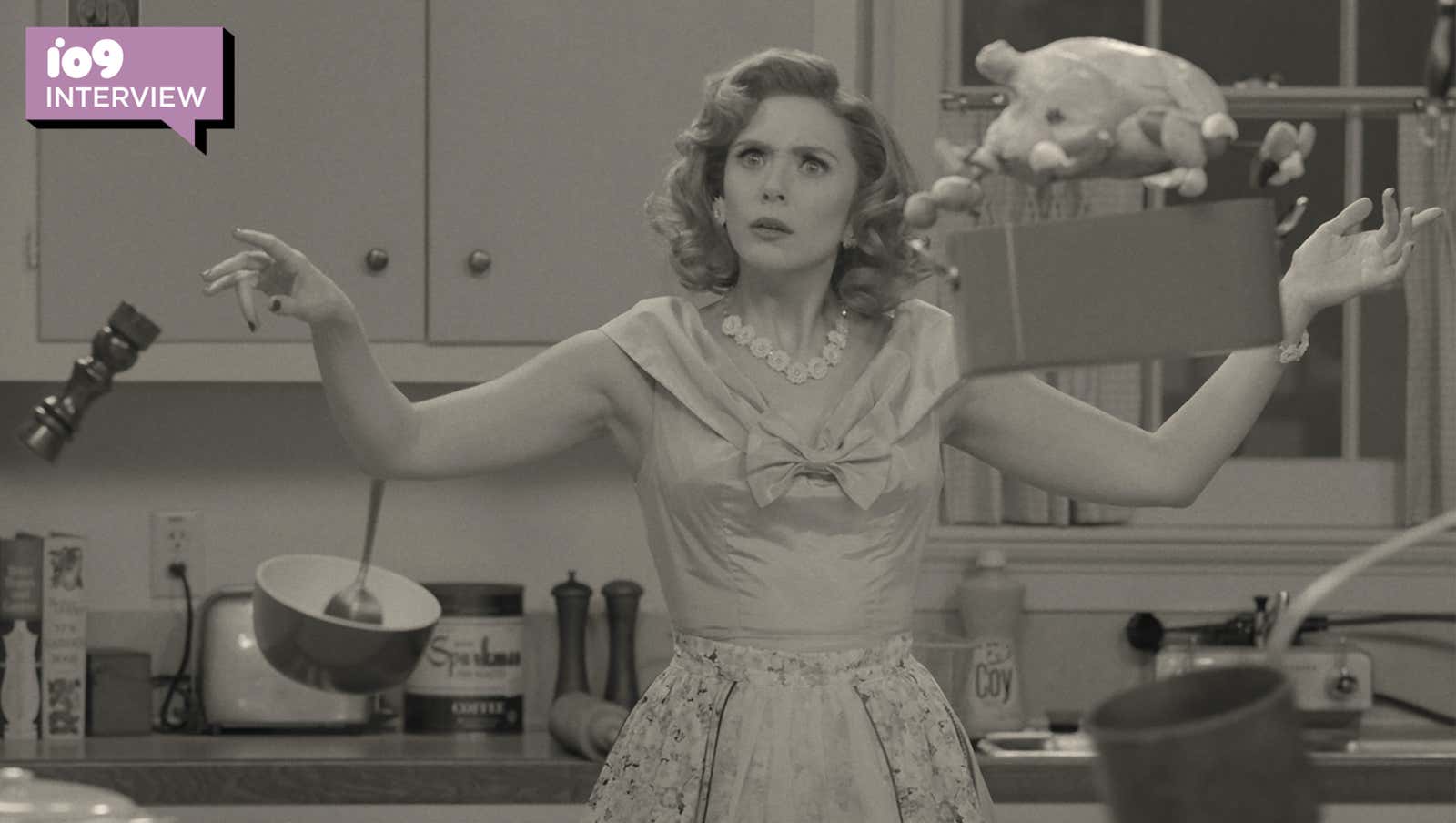Community, Leadership, Experimentation, Diversity, & Education
Pittsburgh Arts, Regional Theatre, New Work, Producing, Copyright, Labor Unions,
New Products, Coping Skills, J-O-Bs...
Theatre industry news, University & School of Drama Announcements, plus occasional course support for
Carnegie Mellon School of Drama Faculty, Staff, Students, and Alumni.
CMU School of Drama
Thursday, March 25, 2021
WandaVision VFX: Paul Bettany's Face, Disney+ Covid Challenges
io9.gizmodo.com: Like many of WandaVision’s secrets, the true meaning of the show’s era-specific production values, aesthetics, and practical effects only became clear towards the series finale which properly ushered the Scarlet Witch into the MCU. The story behind some of WandaVision’s use of visual effects goes even deeper than that, though.
Subscribe to:
Post Comments (Atom)

3 comments:
Even as a conscious audience member, I tried not to wonder about the VFX while watching WandaVision. The best part is, the effects were done so well that I was able to do this. I was rarely distracted by thinking about practicality while watching the show. Some of this can be attributed to the skillful story building, but the VFX team definitely gets credit. I knew that Marvel keeps people in the dark but I did not consider that this might also apply to the VFX team. It is a really interesting challenge to work when the reference material is all in color and then to transfer that to black and white. I wonder which direction it is harder to work in, color first or black and white first. There were so many more effects added after than one might assume prior to seeing the behind the scenes photos. This team did an excellent job, especially when faced with the pandemic.
I guess I've never really thought about how studio production work gets farmed/bidded out to many different specialty production companies, and none of editors/workers may know the actual full story of the piece that they're working on, especially when working on projects with closely guarded IP's such as the Marvel cinematic universe. It would be really fascinating to look at the job of whoever works on information management or, for lack of a better term, "keeping the secrets" at a company like Marvel. How do you divide work/shots/information up between studios so you can ensure a consistent and high quality final edit or product while also protecting your company from the risk of information leaking and spoiling an arc the company's spent years creating? It was also interesting to hear about the production differences between film and television VFX and editing, since I'm really not too familiar with the differences between them.
What an interesting look into making art during the pandemic. I can't imagine the pressure of working on a Marvel project, period. Let alone doing it under these insane circumstances. It was not a shock, but still interesting to see how Marvel even keeps the artists working on the project in the dark regarding its larger scope. I feel like it would be so hard for me to be able to contribute to some Marvel project if I didn't know how my piece fit into the larger puzzle.
I was honestly shocked learning about how they achieved some of the aspects of the show. I had no idea the vision’s face was almost entirely CGI. It looks so real that I just assumed it was full body makeup.
I suppose It’s heartening to know that media of this quality can be created even in the most trying of times. Hopefully it won't ever need to be done like this ever again, but it's still nice to know that art perseveres.
Post a Comment